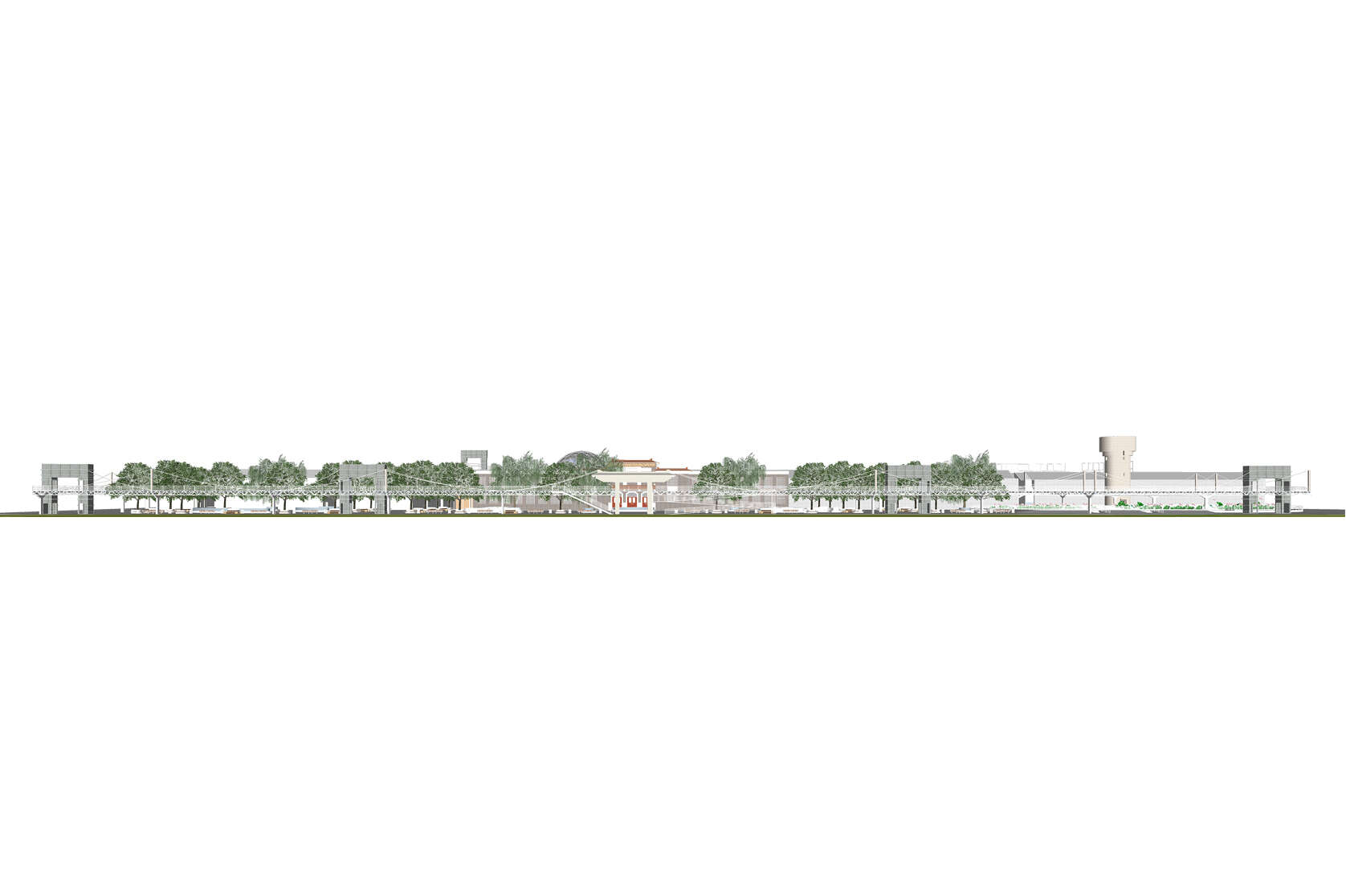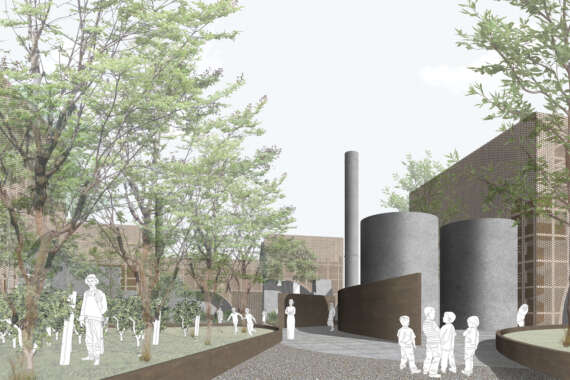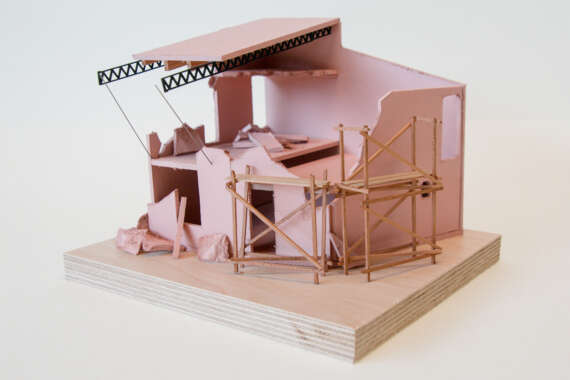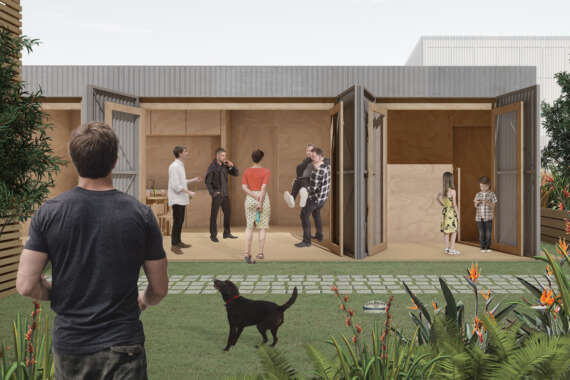Revitalization: retelling the story of a light industrial factory in North China

This project proposes to inject new blood into the abandoned factory by introducing a series of architectural interventions and public programmes while maintaining its architectural and historical features as means to preserve memories of the once-proud workers. The proposal particularly emphasises building an ageing-friendly community, providing the now-retired ex-factory workers with a place to reflect on the past while embracing the future.

















